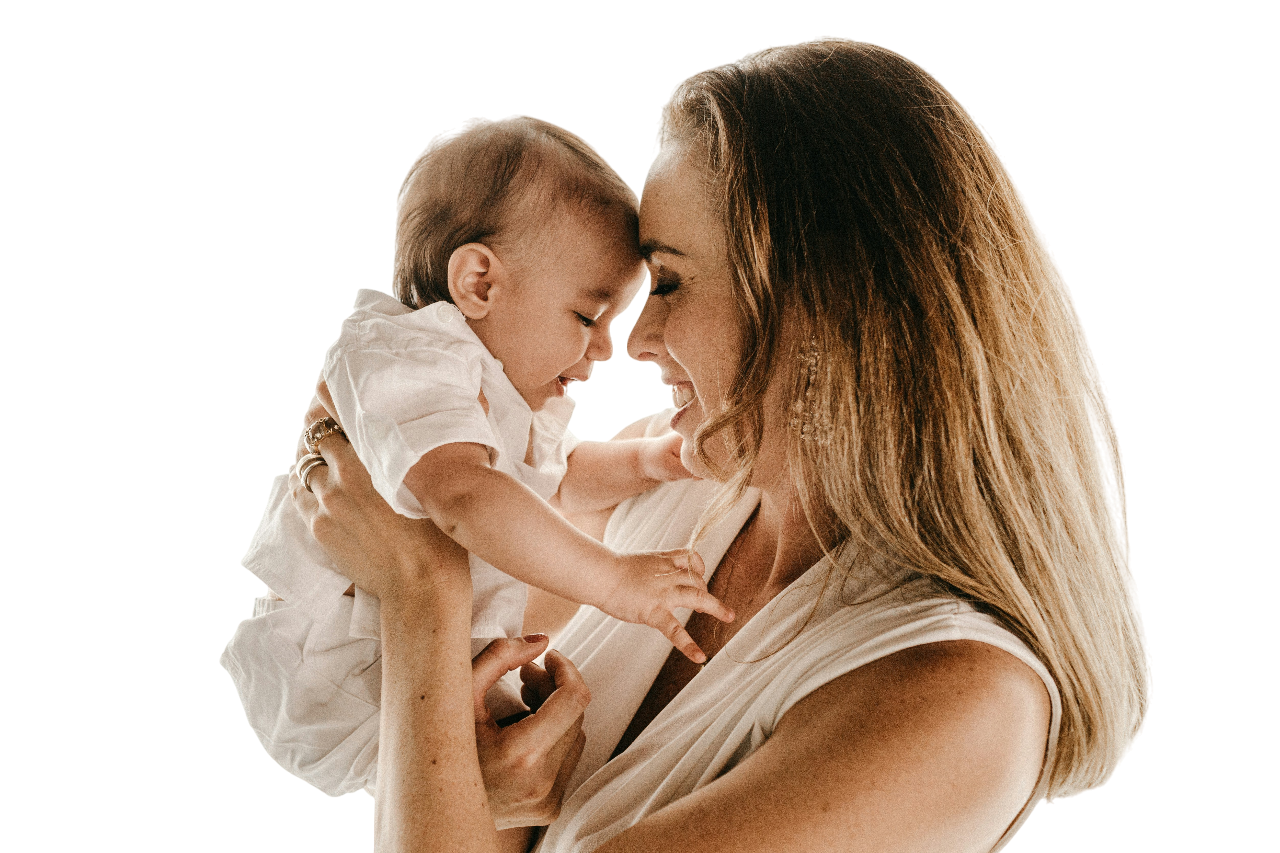Whether you’re interested in freezing your eggs in the near future or if you’d like to learn more about the fertility preservation process – we’re here to help. Schedule an egg-freezing consultation with one of our fertility care specialists to understand your fertility baseline and next steps. Most major insurance plans cover our egg-freezing consultations.
Egg Freezing: Plan for the Future Today with Baby Bridge

What is Frozen Embryo Transfer (FET)?
Frozen Embryo Transfer (FET) is a revolutionary fertility treatment that allows individuals and couples to achieve their dreams of parenthood with flexibility and precision. This process involves thawing a previously cryopreserved or frozen embryo and transferring it into the uterus to establish a pregnancy. FET is a cornerstone of modern assisted reproductive technology (ART), empowering patients to pursue parenthood on their terms.
The benefits of FET include:
At Kindbody, we specialize in providing personalized care, helping you navigate the emotional, physical, and financial aspects of your fertility journey.
The FET Process
Step-by-Step
“Navigating FET can feel overwhelming, but understanding each step can make the process smoother and less intimidating. Here’s what you can expect during an FET cycle”
The Process
One egg freezing cycle takes around two weeks from the day you start your medication to your egg retrieval. Two or more cycles may be needed for enough eggs to be retrieved. Because everyone’s experience is unique, the specific days included below are averages.
Your egg-freezing questions, answered.
What happens when a woman freezes her eggs?
First, let’s talk about ovulation. Each month, your body recruits a set of eggs from your body to start growing and maturing. (Fun fact: these are the eggs we’re able to count when we do a vaginal ultrasound during your fertility assessment.) Your brain sends a signal to the batch that was recruited for the month to help just one of those eggs fully mature.
So what comes next?
Your eggs will be stored in a secure facility for as long as you want to keep them there. Our hope is that you freeze your eggs and are still able to get pregnant naturally. But, if you have trouble down the line, you will have your eggs as a backup. And the good news is, they will be the same age as you were when you froze them. If you need them, you’ll be able to use your frozen eggs through a process called IVF, which we do at Kindbody.
How exactly does egg freezing work?
First, let’s talk about ovulation. Each month, your body recruits a set of eggs from your body to start growing and maturing. (Fun fact: these are the eggs we’re able to count when we do a vaginal ultrasound during your fertility assessment.) Your brain sends a signal to the batch that was recruited for the month to help just one of those eggs fully mature.
So what comes after egg freezing?
Start with the Basics: Sign Up to Watch "Egg Freezing 101"
What medications are used during the egg freezing process?
With egg freezing, we are being opportunistic. We have you take the same hormone that is released by your brain to help you fully mature a whole batch of eggs, not just the one. You’ll administer hormone injections for about two weeks to help the batch of eggs mature. We’ll show you exactly how to take the injections. And, we monitor your progress throughout those two weeks, to make sure you’re responding to the medication correctly. We may adjust your dose, as needed. You can track your progress and response to the medications on our patient portal – so you can see everything the doctors are seeing, too. When your eggs are fully mature, you’ll take a “trigger shot” – one final hormone injection that gets your ovaries ready for retrieval. You’ll take this 12 hours before the retrieval. We’re then ready to extract all of the fully mature eggs you were able to produce that month (and freeze them)!

